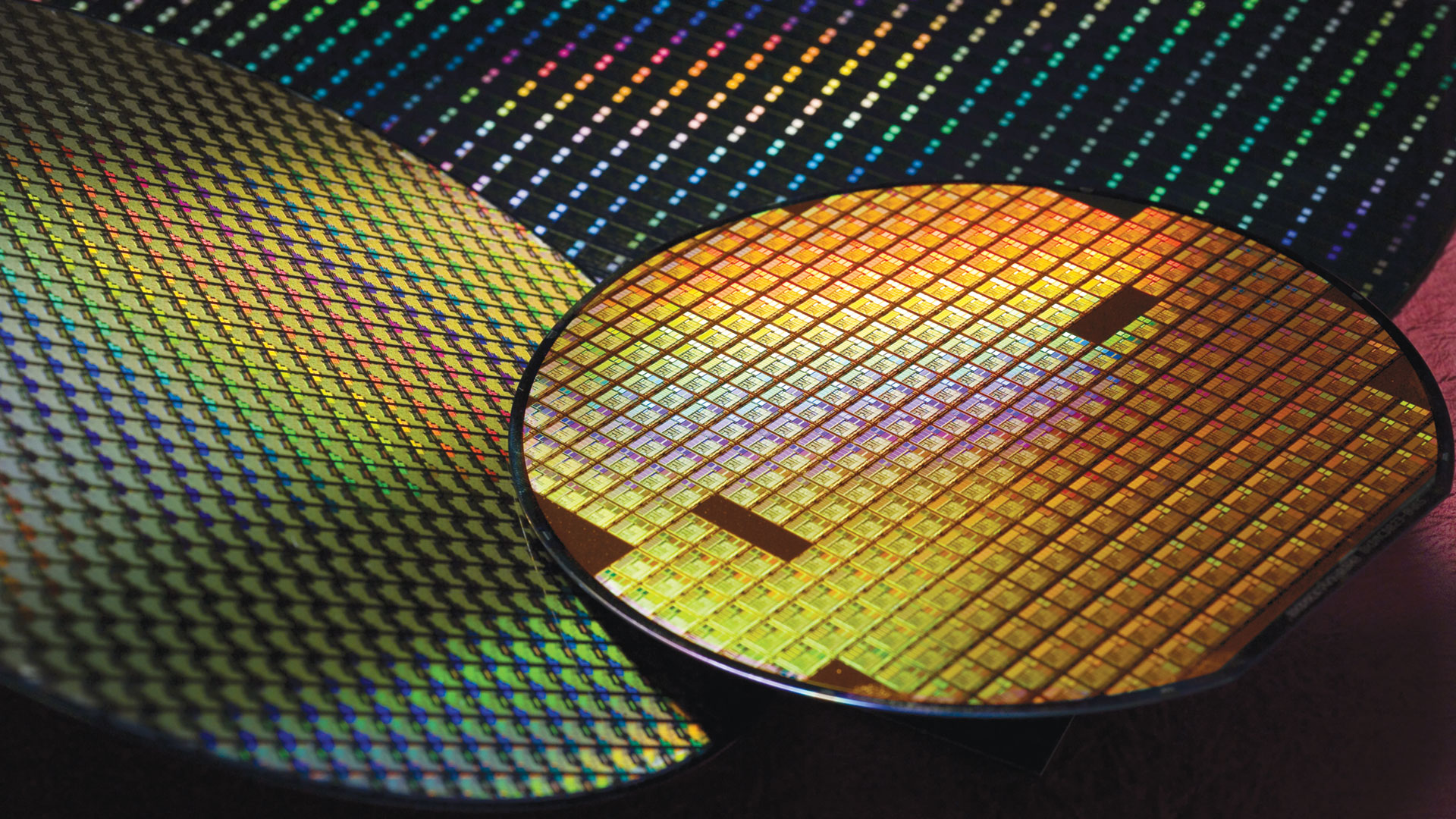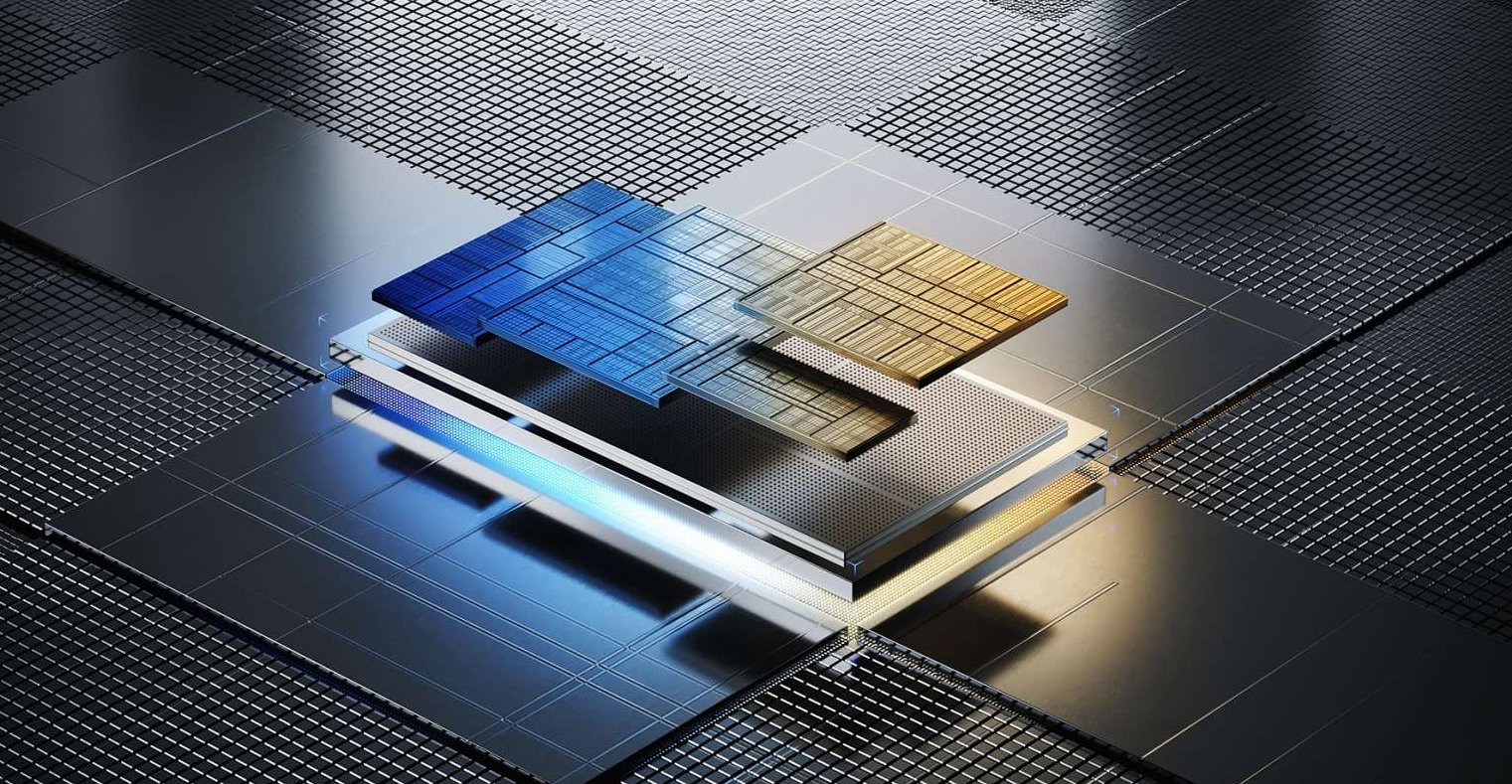Intel's chief financial officer admits the company is 'heavier than we want to be in terms of external wafer manufacturing'
Intel's outsourcing more silicon manufacturing that it would want, but the customer-competitor relationship with TSMC will continue in the future.

A key Intel exec has recently admitted that the company is more heavily reliant on third-party manufacturing than it would like. As an outfit that always prided itself on making everything it sold, the expectation that entire CPUs of its upcoming Arrow Lake generation might be made by TSMC, and not at Intel fabs, will be a source of frustration within the company.
In a conference call with investment bank Morgan Stanley, the Chief Financial Officer of Intel discussed how things were going in the chip giant's foundries, market shares, and what's happening next. When asked about its relationship with TSMC, the CFO said everything was great, despite being a competitor, but that Intel was relying a little too heavily on external foundries compared to its own for chip-making duties.
Morgan Stanley and David Zinser, Chief Financial Officer of Intel, were recently discussing (via Seeking Alpha) Intel's current status in terms of making chips, how things were fairing, and what the near future was looking like.
One topic of focus was the reliance on TSMC for fabrication duties, and Zinser remarked "I think probably, we are a little bit heavier than we want to be in terms of external wafer manufacturing versus internal, but we're always going to use external foundries for wafers."
TSMC is one of the largest semiconductor companies in the world, and its chip fabrication plants (aka foundries) churn out more chunks of silicon than any other company. Its order books for the very best process nodes, the name given to the overall manufacturing sequence for chips, are taken up mostly by AMD, Apple, Nvidia, and Qualcomm, but Intel also relies on TSMC to make a large portion of its key chips.
For example, the GPUs used in Arc graphics cards and the monstrous data centre processors are all made by TSMC. However, so too are most of the tiles in the current Meteor Lake-powered Core Ultra laptop chips, as will the next generation of desktop CPUs. Rather than use a single chunk of silicon, Intel has been steadily moving towards a situation where the majority of its CPUs will comprise multiple tiles (or chiplets).

If you could peel apart a Core Ultra 7 155H, you'd see four tiles nestled together on top of an interposer, essentially a big base tile. Only the latter and the primary compute tile, which contains all the P and most of the E cores, are made by Intel. For this, the chip giant has been heavily pushing forward with its foundry technologies, with a lot of hopes pinned on its forthcoming 18A process node.
The biggest gaming news, reviews and hardware deals
Keep up to date with the most important stories and the best deals, as picked by the PC Gamer team.
The rest of the tiles (graphics, SoC, and IO) are all fabricated by TSMC, though, in a variety of its foundries.
None of this will change with Battlemage, Lunar Lake, and Arrow Lake, in fact there might even be more reliance on TSMC, with some rumours suggesting even the compute tiles of some Arrow Lake chips will be manufacturer outside of Intel and not on their own super-special new process node.
These are the next generation of GPU and CPU architectures Intel is targeting for release at some point this year, and given that Intel is planning to not only maintain its market share in the CPU industry but expand it if possible, and especially increase its GPU share, then TSMC's order books are going to be full a good while longer.

Best CPU for gaming: The top chips from Intel and AMD.
Best gaming motherboard: The right boards.
Best graphics card: Your perfect pixel-pusher awaits.
Best SSD for gaming: Get into the game ahead of the rest.
It wasn't all that long ago that Intel made everything it sold, but how times have changed. Not only is it heavily reliant on TSMC for the majority of its consumer-grade CPUs and GPUs, it's also transitioning to become a manufacturer for other companies. So on the one hand, Intel is going to become an increasingly important customer for TSMC but also a rival in the foundry business.
Zinser also admitted that Intel "missed the EUV thing and that set us back." Extreme ultraviolet (EUV) is the type of electromagnetic wave used in the most cutting-edge of process nodes. For example, TSMC uses it for all its N7+ and newer nodes, all of which are heavily utilised by AMD, Apple, Nvidia, and Intel, of course.
I'm sure that Intel feels a sense of bitterness regarding the delay in employing EUV in its foundries and how it's part of the reason why it has to rely on TSMC so much, and will continue to do so for a good while yet. For the end user, though, all that matters is that this somewhat unusual customer-competitor relationship ultimately results in CPUs and GPUs that are fast and affordable.

Nick, gaming, and computers all first met in 1981, with the love affair starting on a Sinclair ZX81 in kit form and a book on ZX Basic. He ended up becoming a physics and IT teacher, but by the late 1990s decided it was time to cut his teeth writing for a long defunct UK tech site. He went on to do the same at Madonion, helping to write the help files for 3DMark and PCMark. After a short stint working at Beyond3D.com, Nick joined Futuremark (MadOnion rebranded) full-time, as editor-in-chief for its gaming and hardware section, YouGamers. After the site shutdown, he became an engineering and computing lecturer for many years, but missed the writing bug. Cue four years at TechSpot.com and over 100 long articles on anything and everything. He freely admits to being far too obsessed with GPUs and open world grindy RPGs, but who isn't these days?

